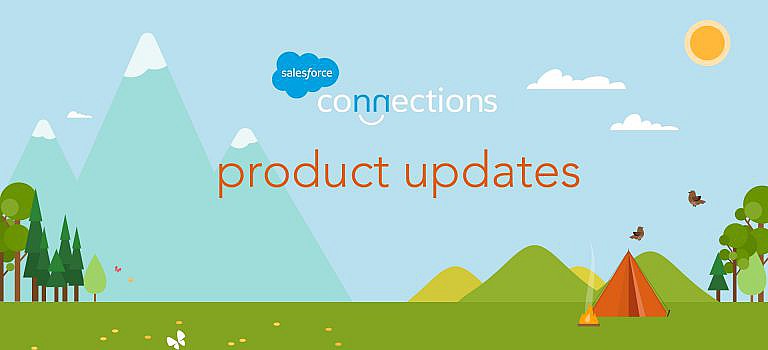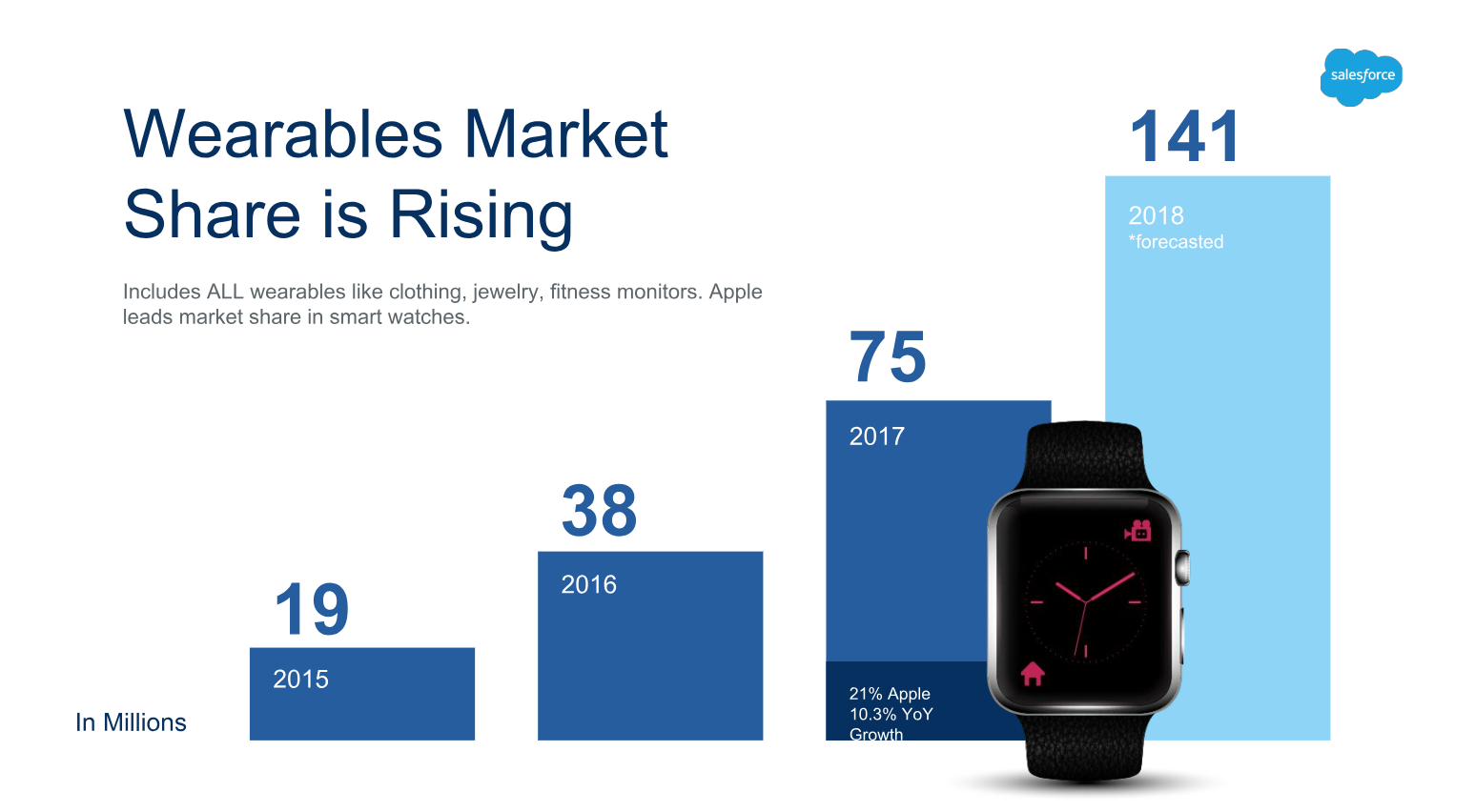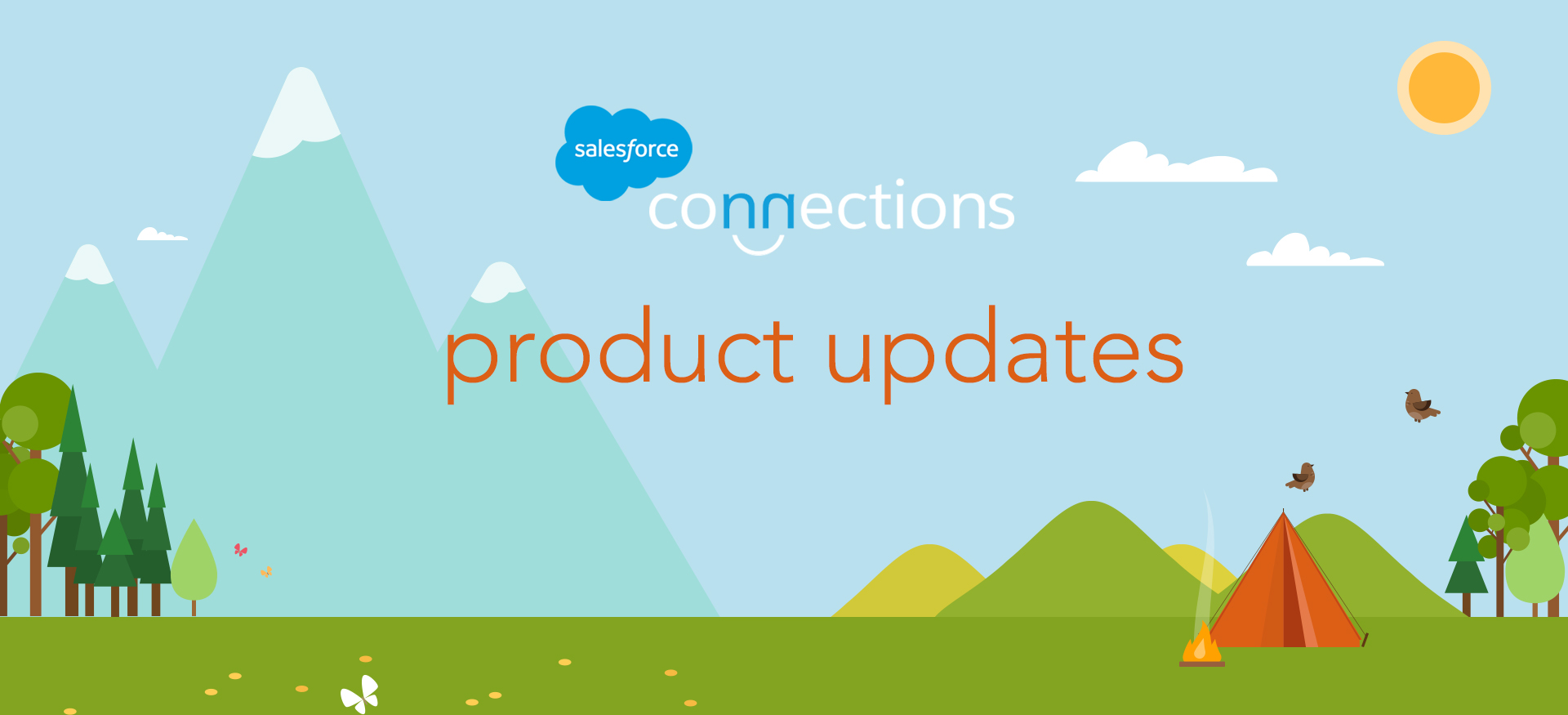
Salesforce is Getting (Even More) Personal

Friendly Giants
In his keynote address, Salesforce President and Chief Product Officer Bret Taylor announced data integration between two giants of the cloud — Google Analytics 360 and the Salesforce Marketing Cloud. New Google Analytics 360 integration will evolve the capabilities of marketers to ingest analytics information into their Marketing Cloud journeys, and consumer insights from both Marketing Cloud and Google Analytics 360 will be brought together into a single analytics dashboard (inside Marketing Cloud). Conversely, Marketing Cloud data will be viewable inside Google Analytics 360 for attribution analysis and also to empower Marketing Cloud information to deliver more customized web experiences.
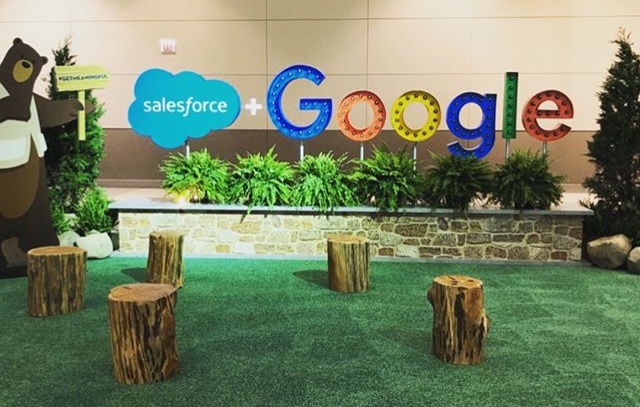
Also in the pipeline (a beta version will be available later this year) is the ability to create audience segments, such as loyalty members and abandoned browsers, in Google’s Analytics 360 before connecting with those audiences within Marketing Cloud. “For the first time ever, audiences created inside the Google Analytics 360 platform can be activated outside of Google, in the Marketing Cloud,” explained Taylor.
Relevant Experiences in Real Time
Taylor further announced the official launch of Interaction Studio, a new Marketing Cloud solution that enables companies to deliver contextually relevant experiences in real-time across their channels. The introduction of Interaction Studio will change how marketers evaluate cross-channel messages to see a holistic view of when and how customers are interacting with a brand to deliver unique messages based on key moments that matter most to customers. With Interaction Studio, marketers can now see, track, and manage consumer experiences in real time from multiple channels.
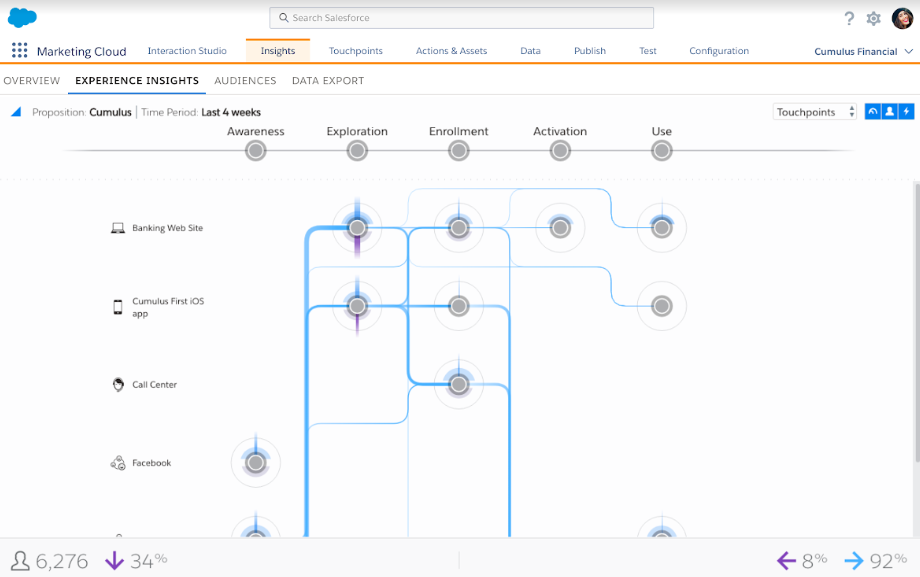
This new solution continues to evolve personalization by integrating data and platforms that were once siloed and allowing marketers to better anticipate, predict and act on customer patterns. Interaction Studio will make it easier for marketers to translate those insights into timely and relevant communications.
Bigger and better things are on the horizon with Salesforce that take customization and personalization to the next level. At Smart Panda Labs, we will be using these tools to help clients provide the personal touch and instant gratification their customers now expect.
Key Takeaways
- New Google Analytics 360 integration will evolve the capabilities of marketers to ingest analytics information into their Marketing Cloud journeys.
- Consumer insights from both Marketing Cloud and Google Analytics 360 will be brought together into a single analytics dashboard (inside Marketing Cloud).
- Marketing Cloud data will be viewable inside Google Analytics 360 for attribution analysis and also to empower Marketing Cloud information to deliver more customized web experiences.
- Also in the pipeline is the ability to create audience segments in Google’s Analytics 360 before connecting with those audiences within Marketing Cloud.
- The introduction of Interaction Studio will change how marketers evaluate cross-channel messages to see a holistic view of when and how customers are interacting with a brand to deliver unique messages based on key moments that matter most to customers.
READY TO PROVIDE A BETTER POST-CLICK EXPERIENCE?
Get insights and tips to drive more business from less ad spend, more profit from less cost, and more customer value from less churn.
